"I can't change chords smoothly."
"My fingers are making unnecessary movements."
"Playing solo ukulele feels impossible."
Once you've learned the basic techniques and chords, it's natural to want to jump straight into practicing your favorite songs. But don't worry! It’s completely normal if it feels difficult at first.
So, why is it hard? The reasons vary from person to person, and it also depends on the song you're playing. It's not something that can be easily explained with a single answer. However, one major cause is that you're likely not able to move your left hand the way you want to.
In this article, I will introduce some exercises that will help make your left hand more dexterous. You can refer to the related article, "[Enjoy the Ukulele More! Practice to Improve Your Left Hand Dexterity ①]," for additional tips and guidance.
① Practice Moving Diagonally Simultaneously
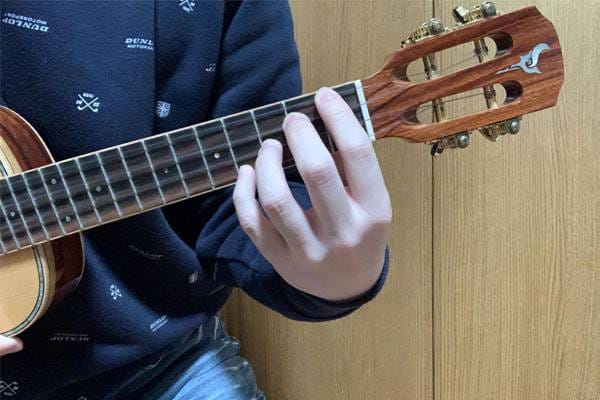
Press your index finger on the 4th string, 1st fret; middle finger on the 3rd string, 2nd fret; ring finger on the 2nd string, 3rd fret; and pinky on the 1st string, 4th fret.
Make sure each finger is pressing down on its respective string.
Ideally, try to press closer to the right side of the frets as shown in the photo, but if this is too difficult, it's okay to ignore the fret positions for now.
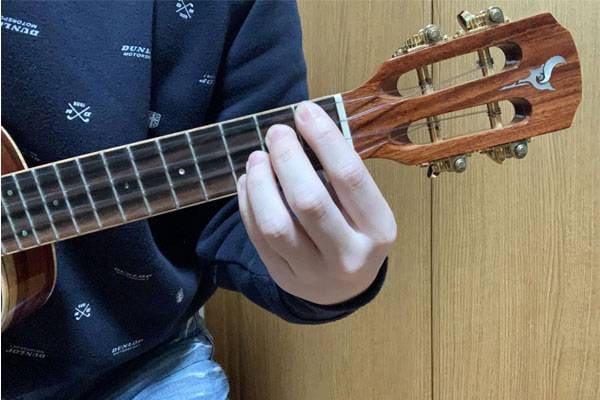
Once you're comfortable with this, start focusing on the fret placement.
Now, for the next step: Move all your fingers at the same time, and press your index finger on the 1st string, 1st fret; middle finger on the 2nd string, 2nd fret; ring finger on the 3rd string, 3rd fret; and pinky on the 4th string, 4th fret.
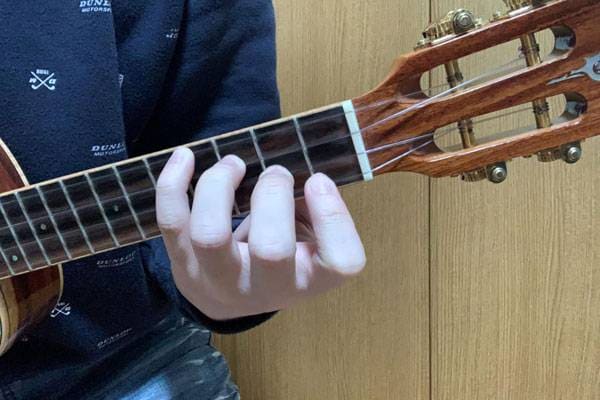
Last time, we created a diagonal shape starting with the index finger on the 4th string. Now, let's create the diagonal starting with the pinky on the 4th string.
For this exercise, do not move one finger at a time. Move all four fingers simultaneously.
Now, let's move on to the final step.
Return to the original shape by pressing your index finger on the 4th string, 1st fret; middle finger on the 3rd string, 2nd fret; ring finger on the 2nd string, 3rd fret; and pinky on the 1st string, 4th fret.
Were you able to return to the first shape successfully?
By the way, for this practice, it's fine if your right hand doesn't play the strings.
What’s most important is moving all four fingers simultaneously.
If you're struggling with this, it may be because you’ve developed a habit of moving each finger individually, or perhaps you haven't practiced moving them simultaneously enough.
Don’t worry if you can’t do it perfectly at first.
Take your time, focus on moving all the fingers at once, and keep practicing.
If you can move your fingers simultaneously when you open and close your hands in daily life, you’ll surely be able to do it on the ukulele as well!
Once you're comfortable with this, try shifting the frets and repeat the same exercise.
② Practice Moving the Middle and Outer Fingers in Pairs
Start with the same diagonal shape as before.
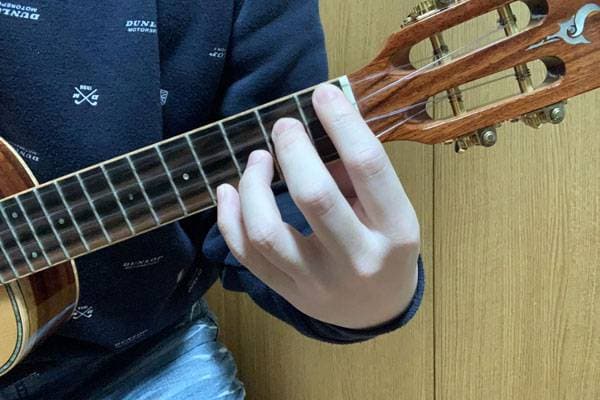
For this exercise, begin by switching the strings that your middle and ring fingers are pressing.
Your middle finger should move to the 2nd string, and your ring finger to the 3rd string.
Make sure to move both fingers at the same time.
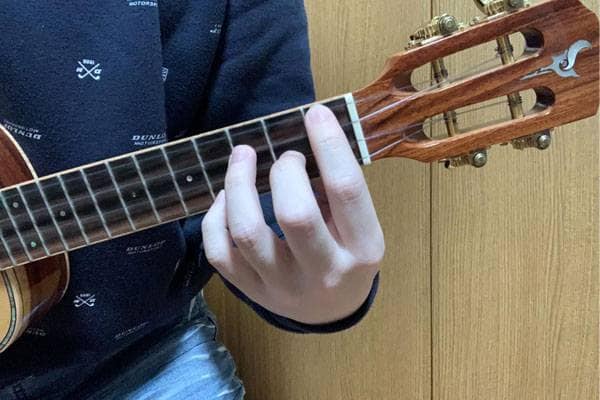
Did you manage that? Next, switch the strings that your index finger and pinky are pressing.
Your index finger should move to the 1st string, and your pinky to the 4th string.
That’s the correct position.
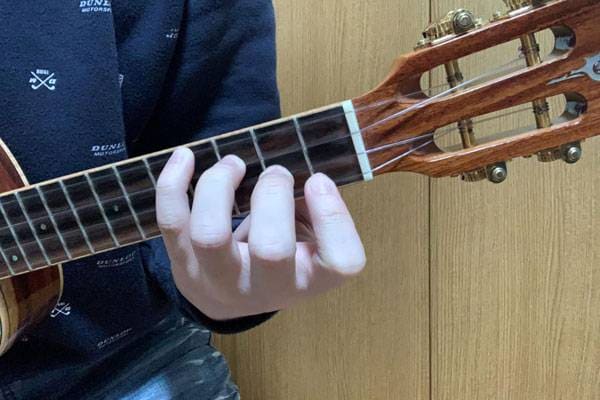
You might recognize this shape—it should look familiar.
Just two more steps to go, so hang in there!
Next, once again, switch the strings that your middle and ring fingers are pressing.
Your middle finger should move to the 3rd string, and your ring finger should go to the 2nd string. That’s the correct position.
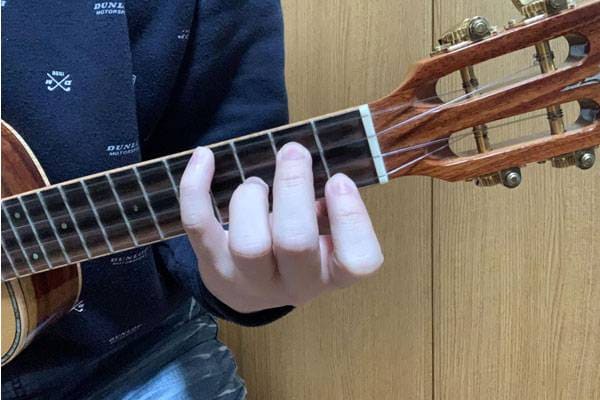
Now for the final step:
Switch the strings that your index finger and pinky are pressing.
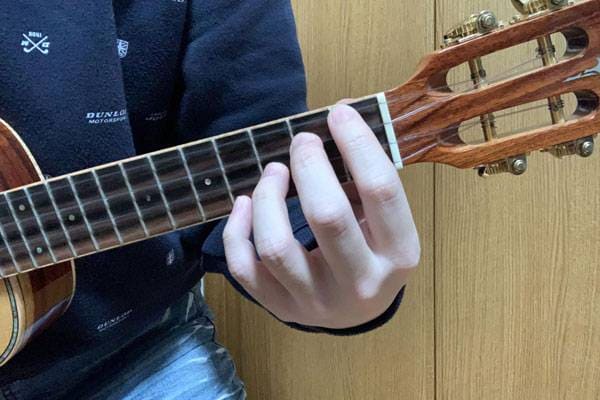

You should now be back at the original shape.
If your fingers look different from how they did at the beginning, there’s a good chance you pressed the wrong strings somewhere along the way.
In that case, go back and start over from the beginning.
Once you're able to do these two exercises, you'll develop the ability to move all your fingers at the same time, or, just move the ones you want to move.
Of course, there are many other variations you can try.
For example, you could start by moving one finger, then try moving three fingers at once.
I've experimented with all kinds of combinations myself, but I found these two exercises to be especially effective.
If you come up with any new exercises or finger combinations, I’d love to hear about them!
Thank you for reading to the end.
The “sound & person” column is made up of contributions from you.
For details about contributing, click here.







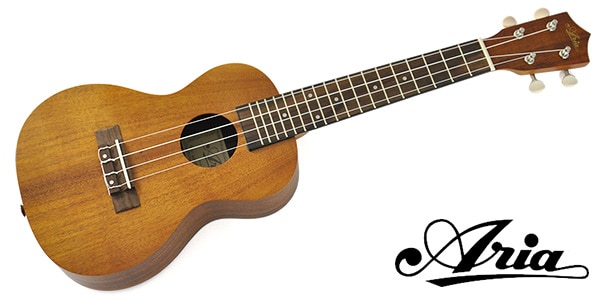





![[Enjoy the Ukulele Even More!] 4 Easy Guitar Chords for Beginners and How to Switch Between Them](/contents/uploads/thumbs/5/2021/12/20211210_5_15548_1.jpg)

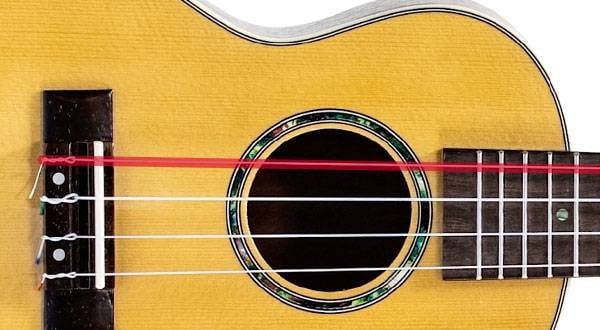
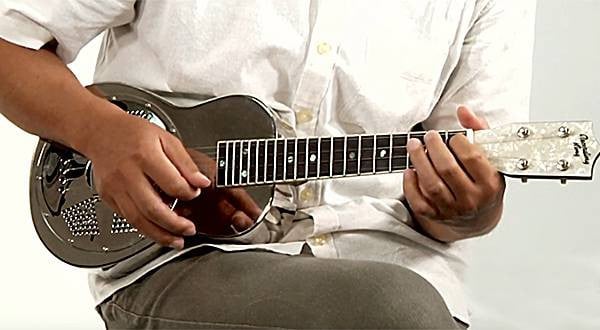
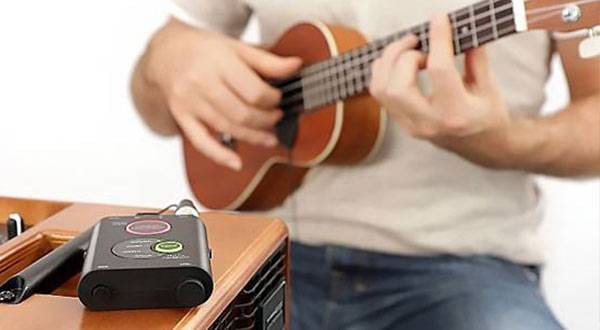

 サウンドハウス社員が選ぶ 『おもしろ商品』はコレだ!
サウンドハウス社員が選ぶ 『おもしろ商品』はコレだ!
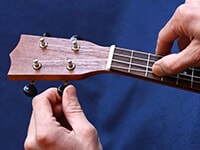 ウクレレのチューニング方法
ウクレレのチューニング方法
 ウクレレの各部名称
ウクレレの各部名称
 ウクレレの種類
ウクレレの種類
 ウクレレスタートガイド
ウクレレスタートガイド
 ウクレレ初心者講座
ウクレレ初心者講座















